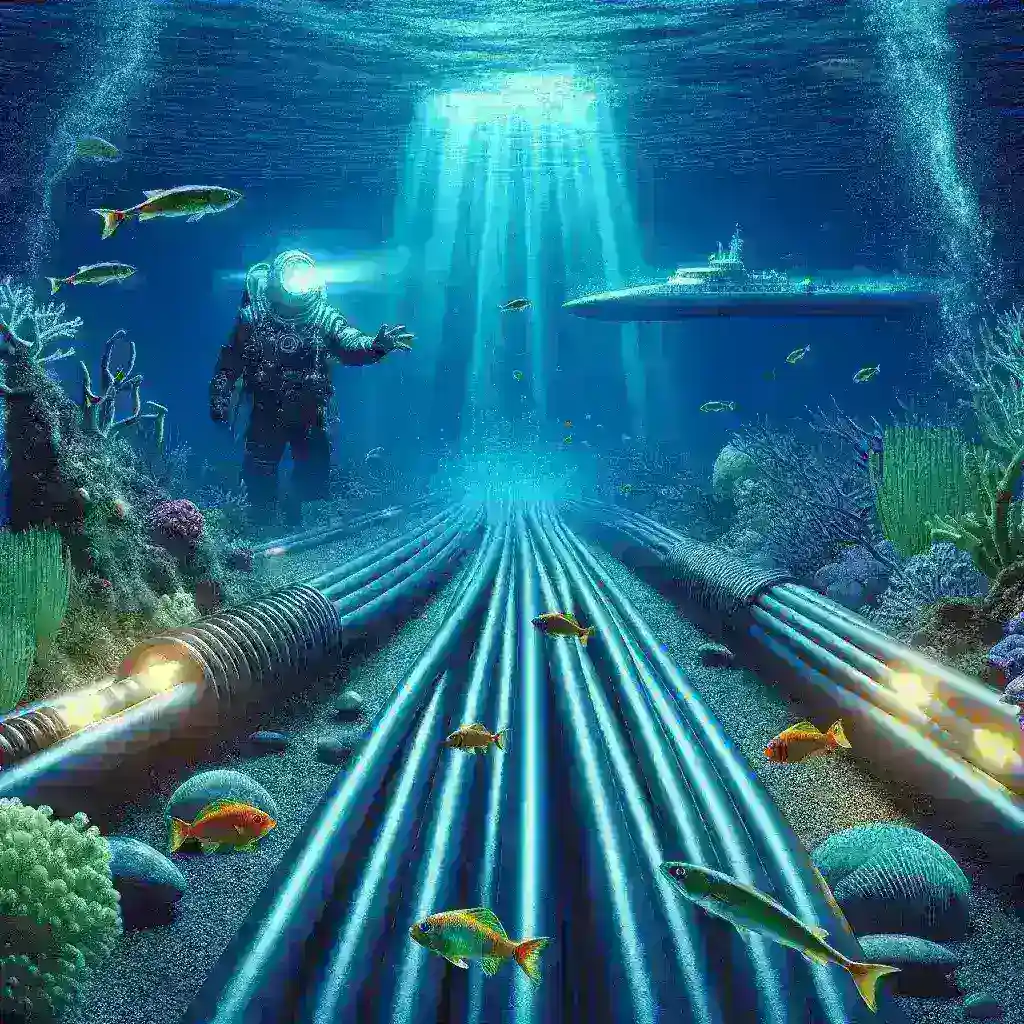Undersea Internet Cables: The Backbone of Global Connectivity
In today’s digital age, undersea internet cables serve as the lifelines of global communication. These cables not only connect continents but also facilitate international trade, social interactions, and the functioning of the internet. Over 99% of global data traffic traverses these cables, making them critical to the functioning of the global economy.
Historical Context of Undersea Cables
The first commercial undersea cable was laid in 1858, connecting Ireland and Newfoundland. This marked the dawn of transatlantic communication, revolutionizing the way information was shared. Over the years, the technology has evolved, with modern cables capable of transmitting terabits of data per second. In recent decades, the proliferation of smartphones and internet services has led to an exponential increase in data demand, further emphasizing the need for reliable undersea infrastructure.
Current Threat Landscape
Despite their importance, undersea cables face a myriad of threats, particularly sabotage. Various factors contribute to the increasing incidence of sabotage:
- Geopolitical Tensions: As countries vie for power and influence, critical infrastructure like undersea cables can become targets of sabotage or espionage.
- Environmental Factors: Natural disasters and human activities such as fishing can also damage these cables, although intentional sabotage is a growing concern.
- Cybersecurity Risks: With the rise of cyber warfare, physical infrastructure is increasingly at risk of being compromised by malicious actors.
Real-World Examples of Sabotage
Several incidents have highlighted the vulnerability of undersea cables. In 2020, reports emerged of suspected sabotage against cables in the South China Sea, coinciding with rising tensions in the region. The cables were cut under mysterious circumstances, leading to speculation about state-sponsored attacks designed to disrupt communication channels.
Expert Insights
Experts warn that the continued geopolitical tensions may lead to more aggressive tactics aimed at disrupting internet connectivity. John Smith, a leading cybersecurity analyst, states, “As nations increasingly rely on digital infrastructure, targeting these cables may become a preferred tactic in cyber warfare. The implications for global communication could be disastrous.”
Impacts of Sabotage on Global Connectivity
Sabotage of undersea cables can have extensive repercussions:
- Economic Disruption: Any disruption in the functioning of these cables can lead to significant economic losses, affecting businesses that rely on uninterrupted internet connectivity.
- Social Implications: Social media platforms, banking systems, and e-commerce sites could experience outages, leading to public unrest and dissatisfaction.
- Cultural Relevance: In an increasingly connected world, the impact of disrupted communication channels extends beyond economics; it can affect cultural exchanges and global understanding.
Future Predictions
The future of undersea cables in the face of sabotage threats remains uncertain. However, experts suggest several measures that can be taken to mitigate these risks:
- Increased Surveillance: Countries could enhance surveillance of critical underwater infrastructure to deter potential sabotage.
- Collaboration: International cooperation on cybersecurity and infrastructure protection is essential to safeguard these cables against potential threats.
- Investment in Technology: Investing in advanced technology that can detect disruptions or anomalies in real-time could prove beneficial in mitigating the risks associated with sabotage.
Conclusion
As we navigate an increasingly interconnected world, the threats facing undersea internet cables cannot be overlooked. The combination of geopolitical tensions, environmental factors, and cybersecurity risks creates a complex threat landscape that requires immediate attention. By understanding these risks and implementing protective measures, we can safeguard the vital infrastructure that underpins our global communication networks.

